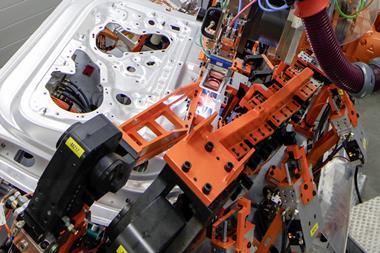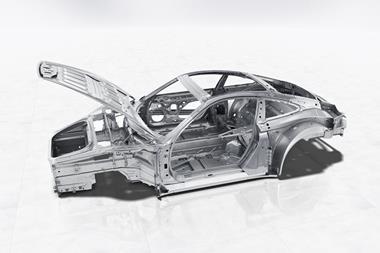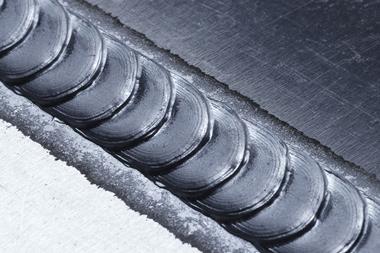Passing the test
By Mike Farish2018-12-03T10:23:00
As modern vehicles become more sophisticated, production testing technologies and processes need to keep up. Mike Farish looks at developments with both carmakers and tier suppliers
From the beginning of next year, premium carmaker Porsche intends to introduce a testing procedure for selected completed vehicles that aims to halve the time taken to audit the cars for defects ranging from surface blemishes to the the non-inclusion of required parts in the complete assembly.
According to Dr Andreas Schmidt, head of quality at the plant, this is a procedure that the company carries out on three vehicles coming down the line every day as a means of checking that quality levels are being maintained. However, until now the task has relied on purely human perception and, due to the intense level of scrutiny involved, has required up to eight hours per vehicle to complete. “We are checking the completeness of the car,” he observes.







































